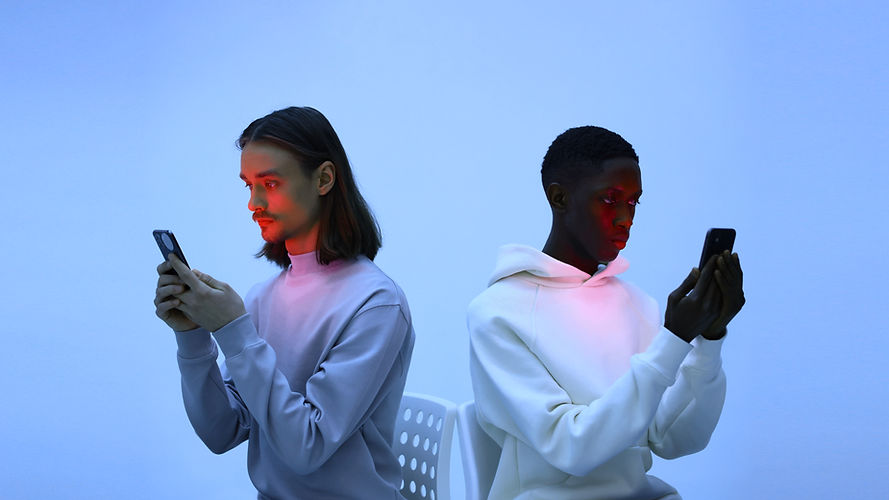Macaw “hitches a ride” on cyclist's shoulder in Brazil
- Bambolê Media

- Jul 3, 2024
- 2 min read
Updated: Jul 6, 2024
In an unexpected turn of events, cyclist Jhonatan Borela, 40, found himself with an unusual riding companion during a training session in Chapada dos Guimarães, Brazil, last Sunday (June 23). As he pedaled along a road in this scenic region, a vibrant blue-and-yellow macaw landed on his shoulder.
The extraordinary moment was documented by physical educator Antônio Chumaer, who was leading a training session with a group of cyclists. Chumaer's footage captures the macaw perched comfortably on Borela's back, even mimicking the word "arara", which means macaw in Portuguese.
"We felt blessed and deeply moved by the encounter. It was a blessing to have the macaw join us during our training. This is the first time we've had such close contact with a wild animal," Chumaer remarked.
After its brief ride, the macaw flew off into a nearby wooded area, leaving the cyclists to complete their session with a story to remember. The encounter highlights the unique interactions between humans and wildlife that can occur in the stunning landscapes of Chapada dos Guimarães.
About the Species
The blue-and-yellow macaw (Ara ararauna), also known as the blue-and-gold macaw, is a large Neotropical parrot with a mostly blue dorsum, a light yellow/orange venter, and gradient hues of green on top of its head. It is a member of the large group of Neotropical parrots known as macaws. It inhabits forests (especially várzea, but also open sections of terra firme or unflooded forest), woodlands, and savannas of tropical Central and South America, as well as the island of Trinidad in the Caribbean.
These birds can reach a length of 76–86 cm (30–34 in) and weigh 0.9–1.5 kg (2–3 lb), making them some of the larger members of their family. They are vivid in appearance with bright aqua blue feathers on the top of their body except for the head, which is lime-colored. The bottom, however, is a rich deep yellow/light orange. Their beak is black, as well as the feathers under their chin. Their feet are gray, except for black talons. The bird has white skin, with its face having nearly no feathers except for a few black ones spaced apart, forming a striped pattern around the eyes. The irises are pale light yellow.
Blue-and-yellow macaws can live from 30 to 35 years in the wild and reach sexual maturity between the ages of 3 and 6 years.
The blue-and-yellow macaw remains widespread and fairly common in a large part of mainland South America. The species is therefore listed as Least Concern by BirdLife International. Its wild population has not been quantified but is believed to be above 10,000 individuals and is in decline. It is listed on CITES Appendix II, with trade restricted.
Video: @chumaer/Instagram


留言